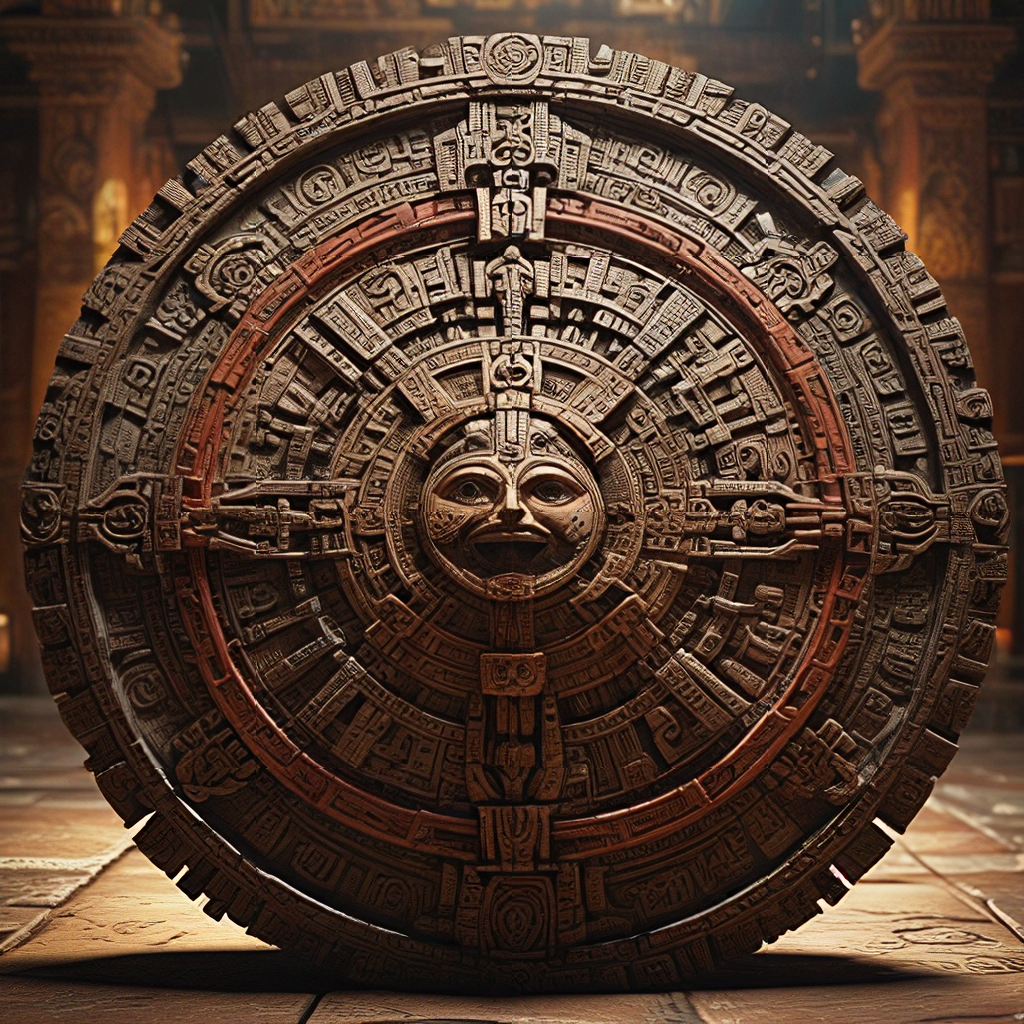Finnish Mythology: The Power of Transformation
Introduction
Finnish mythology, steeped in the ancient traditions of the Uralic peoples, holds a deep reverence for the interconnectedness of all things. Central to these beliefs is the power of transformation, a force that permeates the natural world and shapes the destiny of both mortals and gods.
Ancient Nature Spirits
The spirits of nature, dwelling in forests, rivers, and mountains, held immense sway over the lives of the ancient Finns. These beings, known as haltijat, could transform between human and animal forms, embodying the duality of the natural world. Their presence brought both blessings and perils, demanding respect and understanding from those who ventured into their domains.
Forest as a Place of Change
Forests, in Finnish mythology, were not merely stands of trees but portals to other realms. They served as stages for transformations, where mortals could become animals, and animals could take on human attributes. Within the depths of the forest, boundaries blurred, and the ordinary gave way to the extraordinary.
VI. Water as Symbol of Renewal and Rebirth
Water, a life-giving element, held a profound significance in Finnish mythology. Lakes, rivers, and springs were believed to possess transformative powers, renewing and cleansing those who immersed themselves within them. Water rituals, such as saunas and baptisms, were central to Finnish traditions, symbolizing purification and rebirth.
VII. Birth and Creation Myths
Finnish creation myths recount the emergence of the world from a primordial sea. The hero Väinämöinen, a powerful shaman, played a pivotal role in shaping the land and its inhabitants. Through his incantations and transformations, he brought forth vegetation, animals, and humans, establishing the interconnectedness of all beings.
VIII. Death and the Afterlife
Death, in Finnish mythology, was not an end but a transition into a new realm. The afterlife was depicted as a netherworld called Tuonela, ruled by the goddess Tuoni. However, transformations continued even after death. The dead could transform into animals, spirits, or even trees, echoing the cyclical nature of existence.
IX. Supernatural Beings as Agents of Transformation
Finnish mythology abounds with supernatural beings who possessed the power to transform. Giants, witches, and sorcerers could shape-shift at will, altering their appearance and abilities. These beings often served as intermediaries between the mortal and spirit worlds, playing crucial roles in tales of transformation and enchantment.
X. The Legacy of Finnish Transformation Myths
The power of transformation remains a central theme in Finnish culture today. From the ancient epic poems of the Kalevala to modern works of literature and art, Finnish storytellers continue to explore the transformative experiences that shape human existence. These myths serve as a reminder of the interconnectedness of all things and the enduring power of change.
FAQ
Q: What is the significance of transformation in Finnish mythology?
A: Transformation is a fundamental force that permeates the natural world and shapes the destiny of mortals and gods, reflecting the interconnectedness of all things.
Q: How did the ancient Finns view nature spirits?
A: Nature spirits, known as haltijat, were revered as powerful beings who could transform between human and animal forms, embodying the duality of the natural world.
Q: What role did forests play in Finnish myths?
A: Forests were portals to other realms, where mortals could become animals and animals could take on human attributes. They served as stages for transformations, blurring the boundaries between the ordinary and extraordinary.


